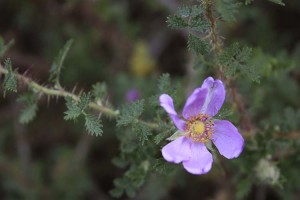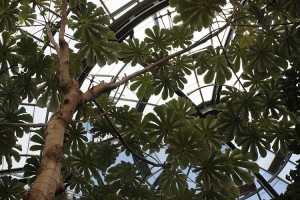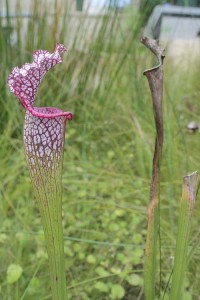I realize that I’m dating myself when I reveal this, a long shelf of vinyl LPs, one of several in the house. I never listen to them, but I don’t know what to do with them. There’s a lot of common trash in the collection–Does the world need to preserve the billionth pressing of an indifferent rendition of the Pachelbel Canon? Then there’s music so bad that you can’t bear to part with it. Case in point: The Liberace Christmas album, in which Lee recites “The Night Before Christmas.” So badly done it’s a camp classic.
A few holidays ago I decided on a few truly trashable discs and recycled them into flowerpots. It’s one of those craft projects that you can find lots of instructions for out on the web. While visiting John’s aunt last month I saw one of the examples of my handiwork, with a small potted poinsettia set inside the craft project from hell.
Here’s one of the prototypes here at home, holding a potted plant. The hole in the disc for the spindle makes a great little drainage opening. This is more of a tray than pot, but I finally worked out a way to make something that had a nice pot shape to it.
I ended up using two ceramic pots as forms, a small 4-incher and a larger one, around 6 inches. I’d place the disc and smaller pot on a cookie sheet in the oven, with the hole of the disc centered on the hole of the pot. The temperature was set at a low but vinyl-melting temperature, something in the high 200s if I remember correctly. When the disc reached the melting point and began to just sag, I pulled everything out of the oven, placed the larger pot on top of the disc, and these pressed down gently. The disc would assume a nice pot shape and form some attractive crinkles in the space between the two pots. Just let the disc cool a minute and you’re ready for the next one. The fumes from melting vinyl can be pretty intense, unpleasant, and probably not good for you, so this isn’t a project I’d tackle in an unventilated house during the dead of winter. Also, remember that plastic is flammable! Be careful.
Last month John gifted me this USB turntable for transferring vinyl into sound files that I might actually listen to. Now all I need to do in my copious spare time is sort through several hundred discs and decide which few I want to keep, which ones I want to convert and recycle, and those that can be turned into flowerpots right away.
So…
- Original Sargeant Pepper first release: keep…
- Liberace Christmas album: convert but keep (was there any question on that?)…
- Alternative TV (a British avant-garde rock duo’s album that I bought after reading a glowing review): flowerpot…
- Pierre Boulez conducting Debussy’s La Mer: convert and recycle…
- Anything Barry Manilow: flowerpot (what was I thinking?)…
A similar technique can be used on 45s as well as 12-inchers. Here’s a little Rolling Stones candy dish, for example…





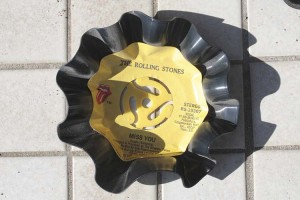


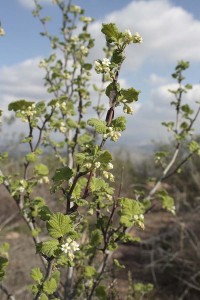
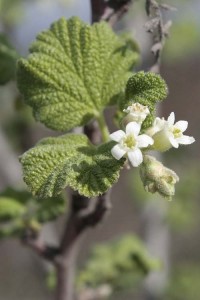

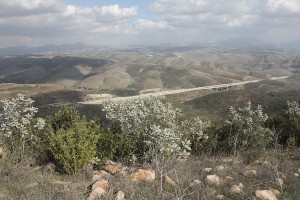
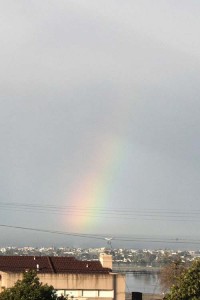

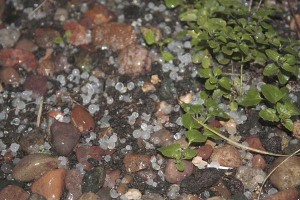






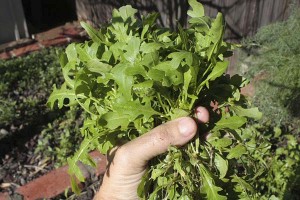



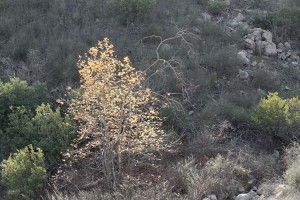








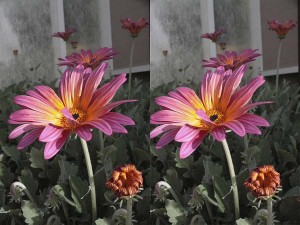


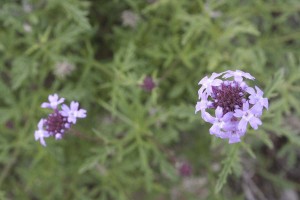












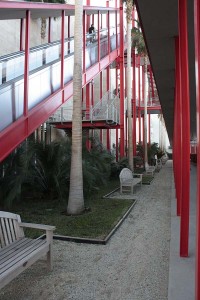

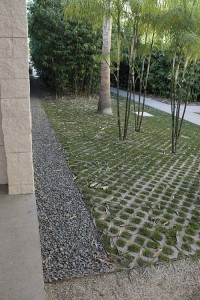


 I love this birdhouse!
I love this birdhouse!